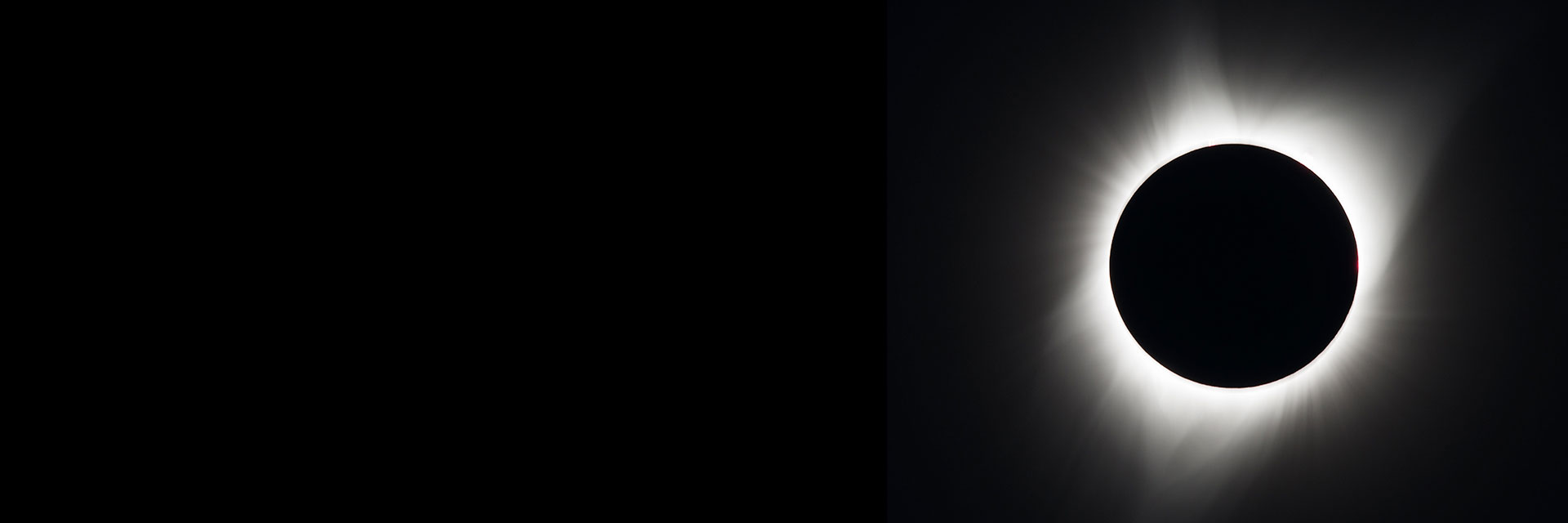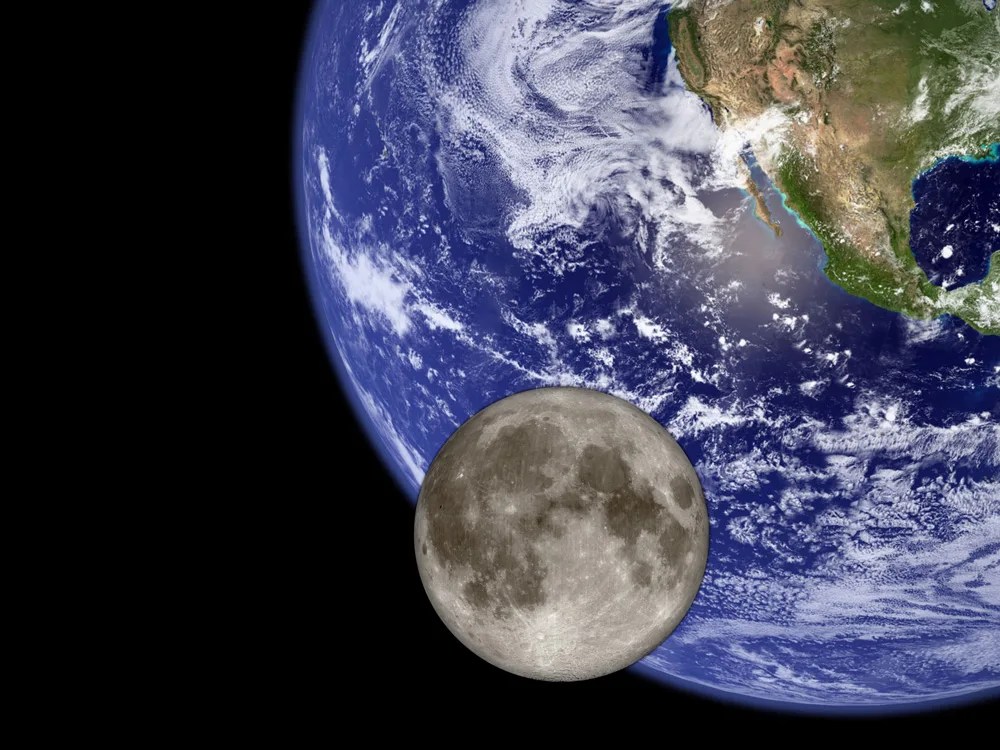Eye Safety During a Total Solar Eclipse
Except during the brief total phase of a total solar eclipse, when the Moon completely blocks the Sun’s bright face, it is not safe to look directly at the Sun without specialized eye protection for solar viewing.
Viewing any part of the bright Sun through a camera lens, binoculars, or a telescope without a special-purpose solar filter secured over the front of the optics will instantly cause severe eye injury.

When watching the partial phases of the solar eclipse directly with your eyes, which happens before and after totality, you must look through safe solar viewing glasses (“eclipse glasses”) or a safe handheld solar viewer at all times. Eclipse glasses are NOT regular sunglasses; regular sunglasses, no matter how dark, are not safe for viewing the Sun. Safe solar viewers are thousands of times darker and ought to comply with the ISO 12312-2 international standard. NASA does not approve any particular brand of solar viewers.
Always inspect your eclipse glasses or handheld viewer before use; if torn, scratched, or otherwise damaged, discard the device. Always supervise children using solar viewers.
Do NOT look at the Sun through a camera lens, telescope, binoculars, or any other optical device while wearing eclipse glasses or using a handheld solar viewer — the concentrated solar rays will burn through the filter and cause serious eye injury.
If you don’t have eclipse glasses or a handheld solar viewer, you can use an indirect viewing method, which does not involve looking directly at the Sun. One way is to use a pinhole projector, which has a small opening (for example, a hole punched in an index card) and projects an image of the Sun onto a nearby surface. With the Sun at your back, you can then safely view the projected image. Do NOT look at the Sun through the pinhole!


Do NOT use eclipse glasses or handheld viewers with cameras, binoculars, or telescopes. Those require different types of solar filters. When viewing the partial phases of the eclipse through cameras, binoculars, or telescopes equipped with proper solar filters, you do not need to wear eclipse glasses. (The solar filters do the same job as the eclipse glasses to protect your eyes.)

Seek expert advice from an astronomer before using a solar filter with a camera, telescope, binoculars, or any other optical device. Note that solar filters must be attached to the front of any telescope, binoculars, camera lens, or other optics.

Here are some important safety guidelines to follow during a total solar eclipse.

- View the Sun through eclipse glasses or a handheld solar viewer during the partial eclipse phases before and after totality.
- You can view the eclipse directly without proper eye protection only when the Moon completely obscures the Sun’s bright face – during the brief and spectacular period known as totality. (You’ll know it’s safe when you can no longer see any part of the Sun through eclipse glasses or a solar viewer.)
- As soon as you see even a little bit of the bright Sun reappear after totality, immediately put your eclipse glasses back on or use a handheld solar viewer to look at the Sun.

Skin Safety
Even during a partial or annular eclipse, or during the partial phases of a total eclipse, the Sun will be very bright. If you are watching an entire eclipse, you may be in direct sunlight for hours. Remember to wear sunscreen, a hat, and protective clothing to prevent skin damage.
Find more Tips to Stay Safe in the Sun from the U.S. Food and Drug Administration.
Additional Safety Resources
Find more safety information to protect yourself from other outdoor and travel-related hazards at the links below.





